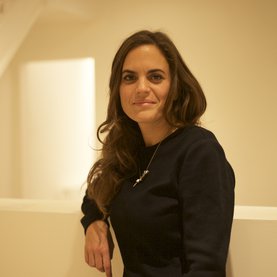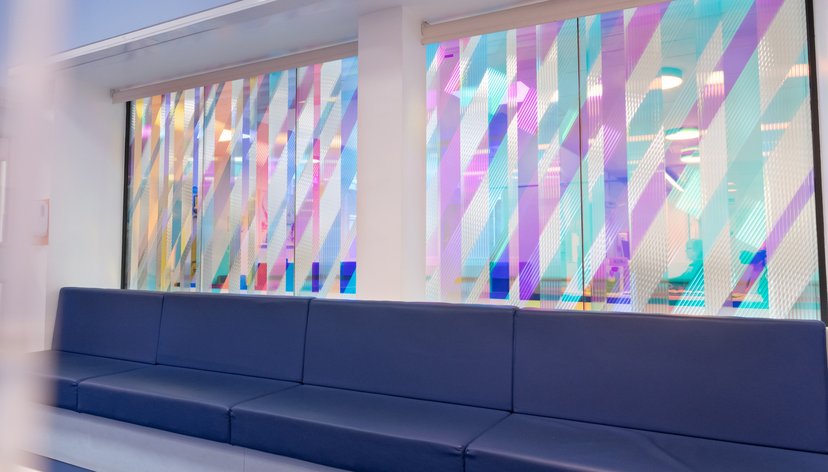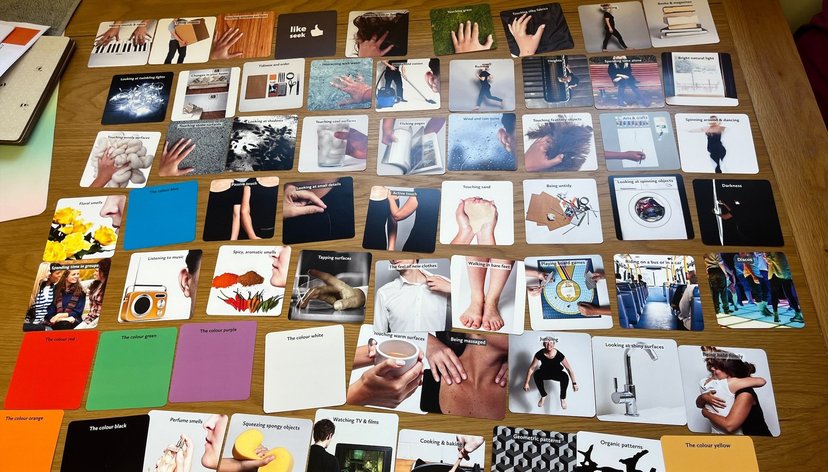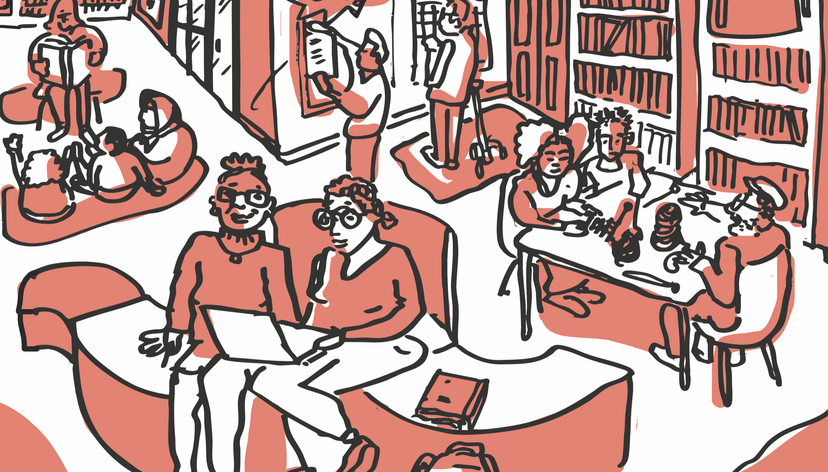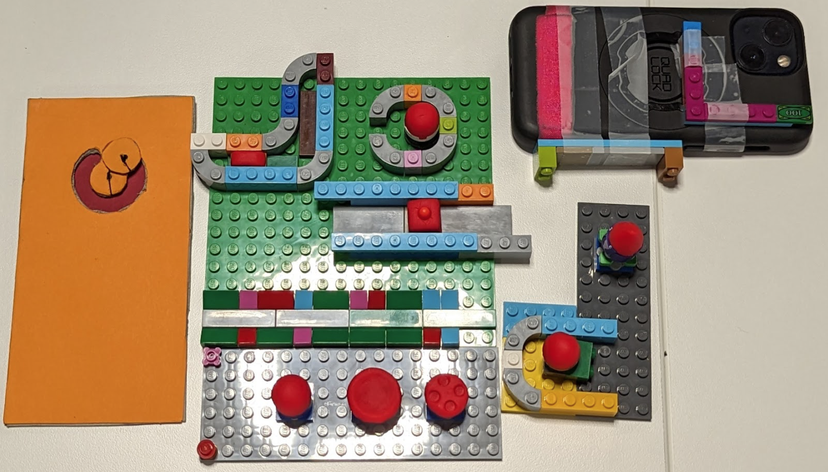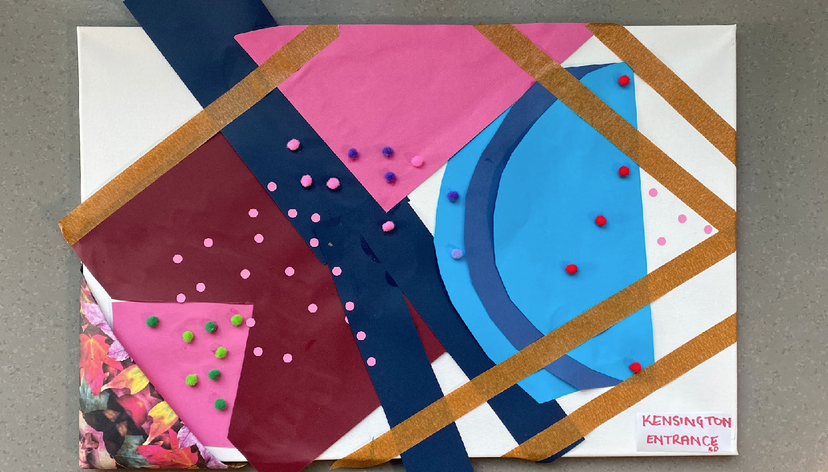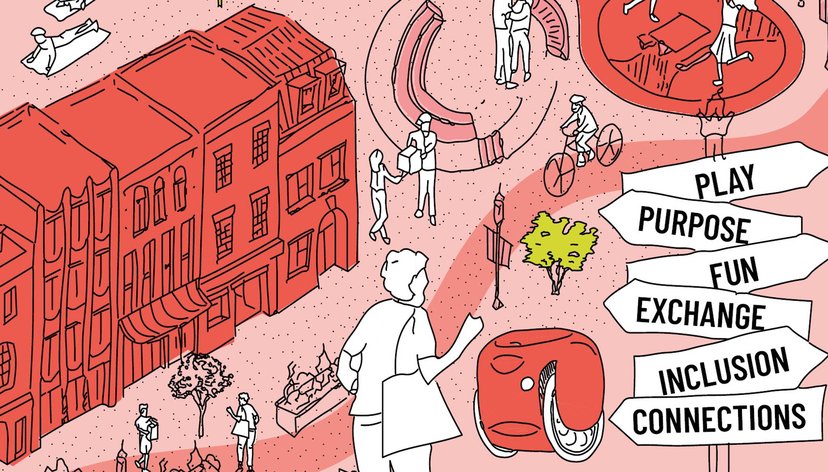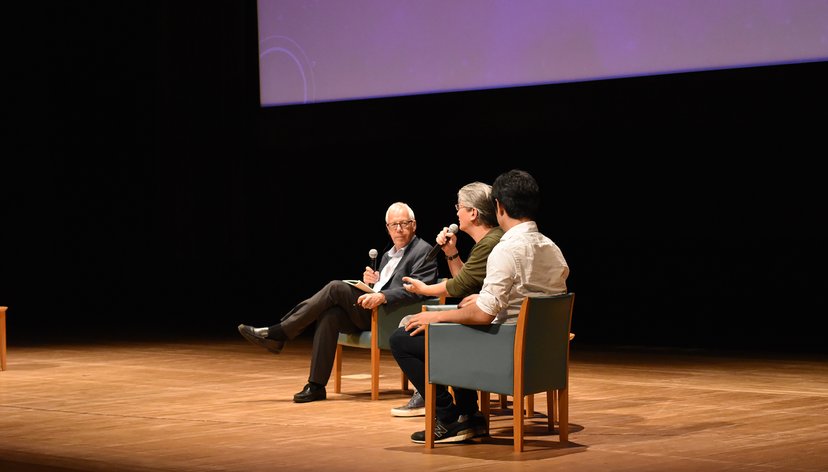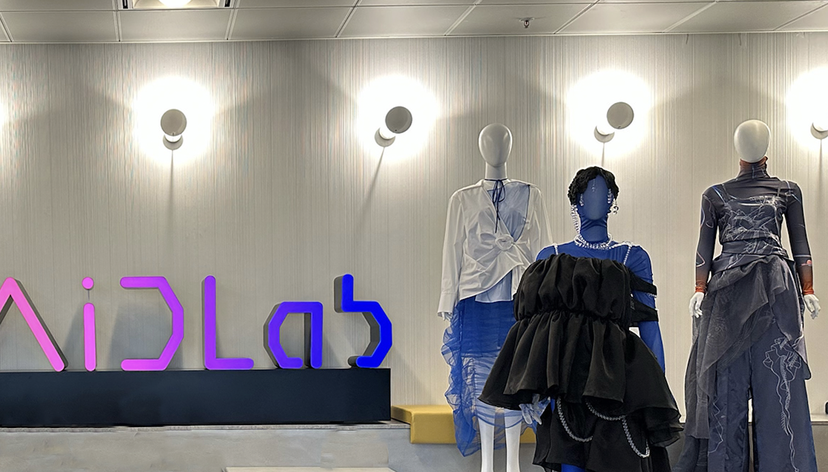
A qualitative research study which explored how neurodivergent people experience the built environment.
At a glance
- The study provides suggestions on the structure for proposed BSI design guidelines.
- The study explored how neurodivergent people experience the built environment, outlining the key challenges and opportunities.
- The study comprised of a literature review, mapping crossovers between existing good practices and evidence.
- The study involved 22 face-to face interviews with experts, and people living with neurodivergence, a forum of 38 participants which explored the future of neurodiversity and design. Co-creation workshops and an online survey with 51 respondents.
Key details
More information
The challenge
In 2009 BSI published BS 8300, a code of practice for the design of buildings to meet the needs of disabled people. This standard is cited in current building regulations, but predominantly focuses on physical impairments. Recently there has been an emerging interest to develop further guidelines to cover built environment design for neurodivergent people.
What we did
The study comprised of a literature review, mapping crossovers between existing good practices and evidence. This was followed by 22 face-to face interviews with experts, and people living with neurodivergence. One interview included a walkthrough of a transport hub, hotel and restaurant. In addition, a further 51 people completed an on-line survey; a co-creation workshop examined ideas for built environment improvements; and a forum of 38 participants explored the future of neurodiversity and design. The study developed eleven design themes which are intended to form the basis for new BSI PAS6463 guidelines.
Outputs
This was a scoping study that supported the development of the new PAS 6463 guidelines (launched Oct 2022). A Steering group was formed after the Design for the Mind scoping study to develop the new PAS 6463 guidelines
